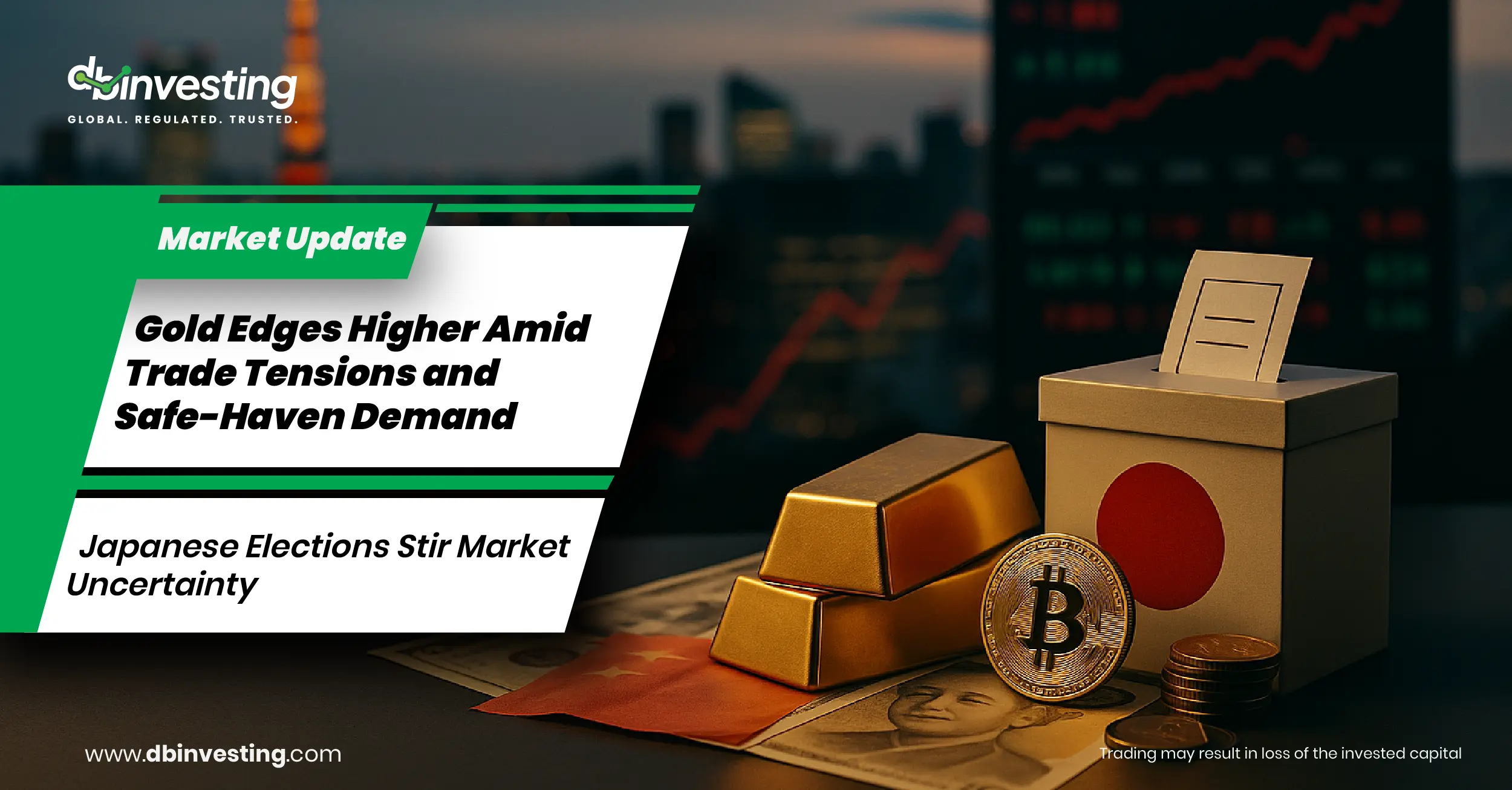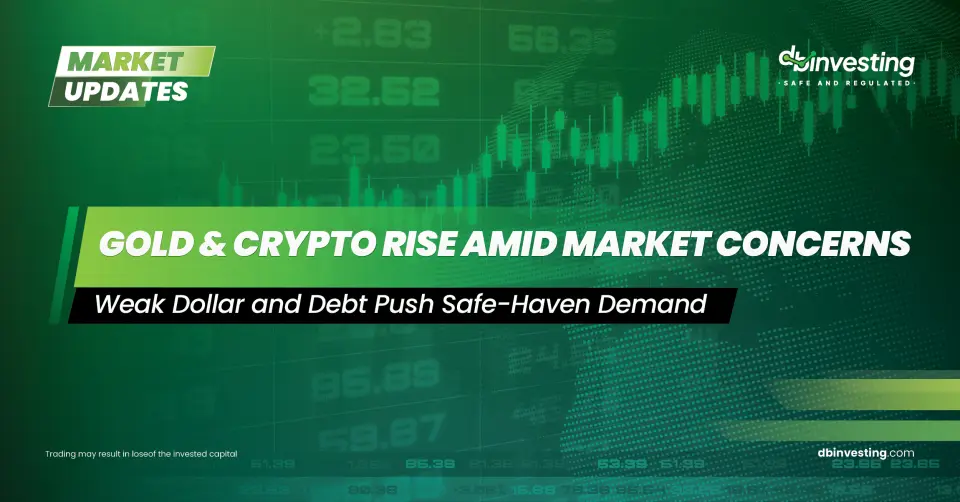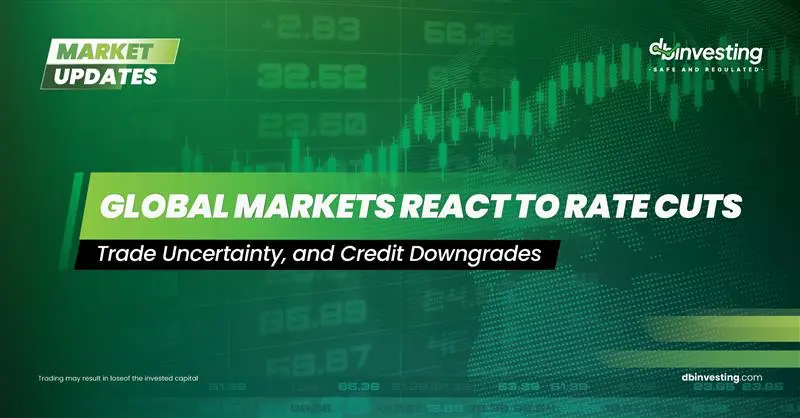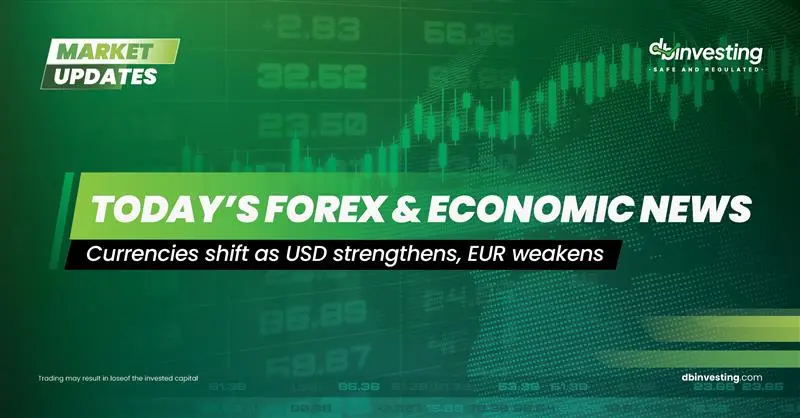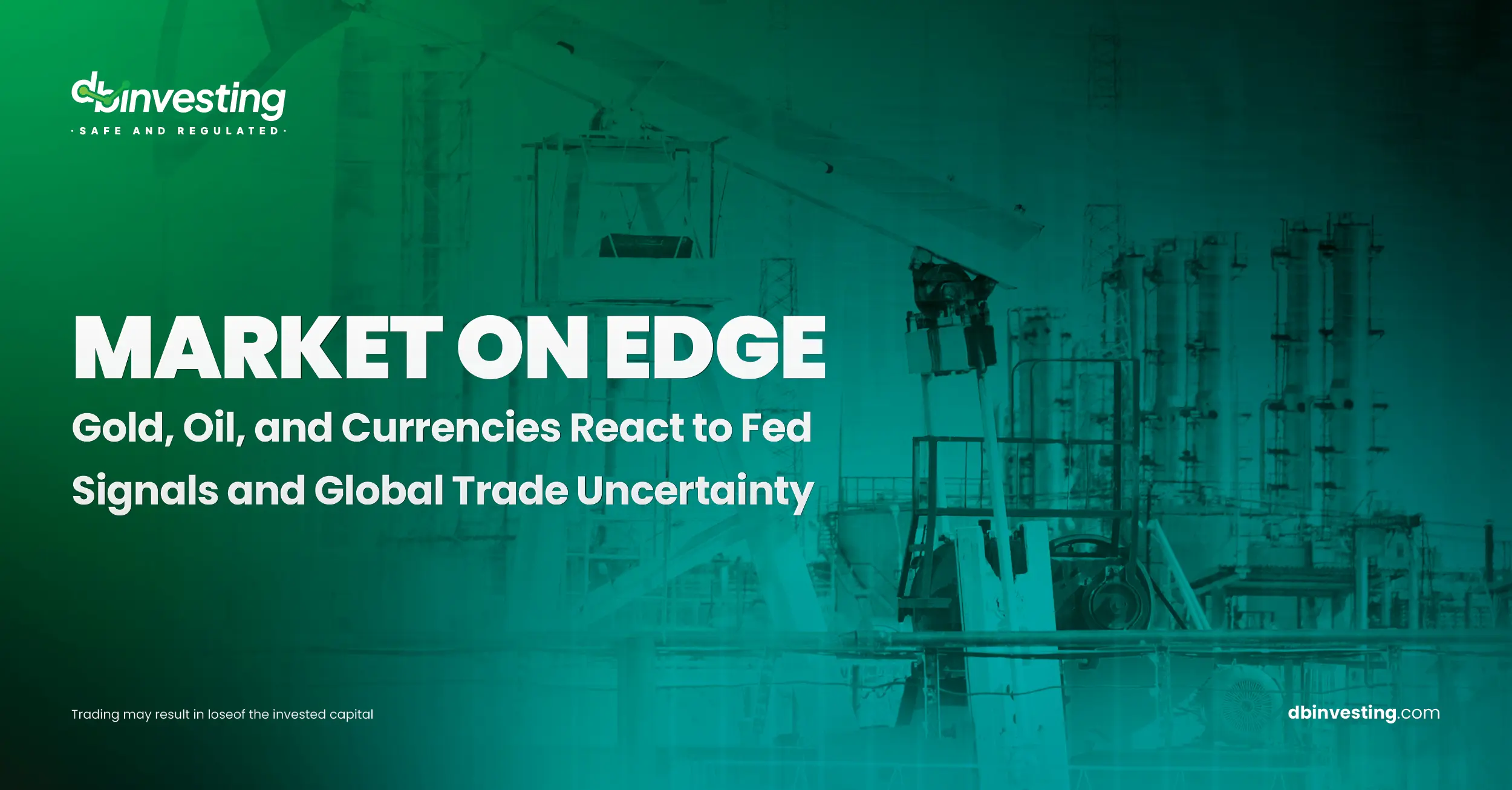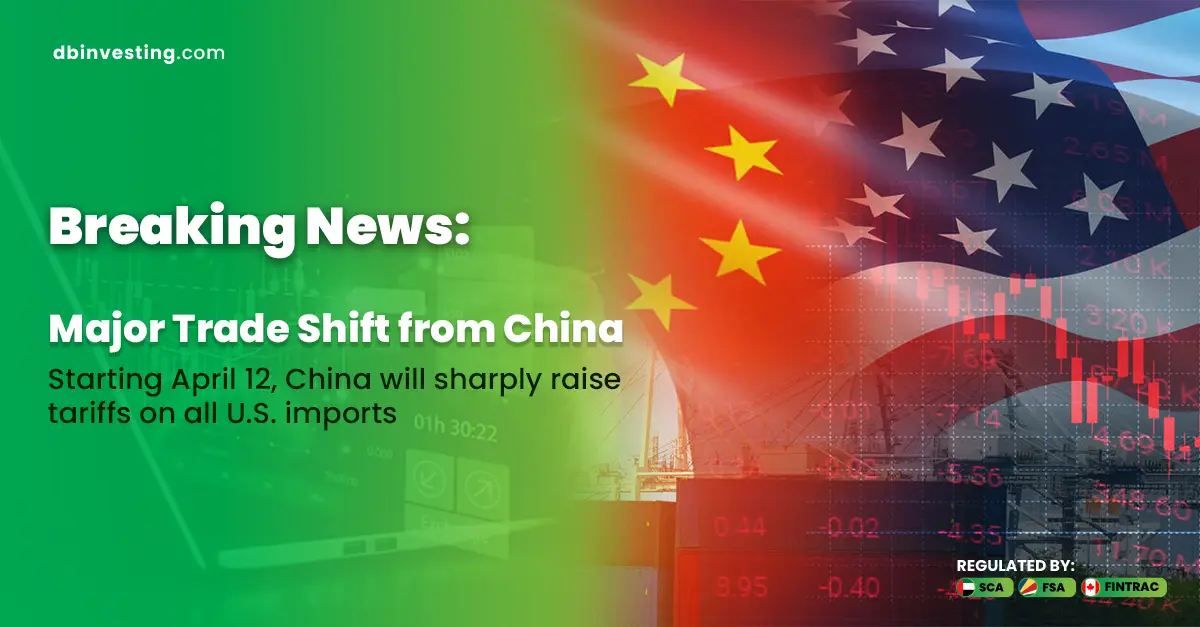Tariff Risks, Japan Politics & Regulatory Headlines Shape Today’s Moves
Gold & Safe-Haven Currencies
- Gold prices stabilized at around $3,387/oz in Asian trade today, following a 1.1% dip, as easing trade tensions offset support from weaker U.S. dollar levels.
- A U.S.–Japan auto tariff truce helped reduce safe-haven demand; gold remains range-bound, near its five-week highs amid cautious investor sentiment.
- Pressure from calmer dollar and bond yields offers some support—but trade agreement narratives keep gold in a tight corridor.
Japan’s Political & Exchange-Rate Ripple
- The yen strengthened in Asian markets, reaching ¥147.9 per U.S. dollar, as investors eyed safe-haven demand following the ruling coalition’s loss in the upper house.
- Prime Minister Ishiba confirmed he will stay in office to oversee tariff negotiations, even while political turbulence continues.
- The Bank of Japan faces a policy dilemma: inflation risks from public spending vs. global trade uncertainty—a divided parliament complicates potential rate moves.
EU Oil Sanctions & U.S. Stablecoin Regulation
- The EU adopted its 18th sanctions package on Russia, implementing a floating price cap mechanism (~15% below market) on Russian crude, effective September 3.
- These measures target Russian energy revenues while aiming to preserve global supply continuity.
- In the U.S., President Trump signed the GENIUS Act on July 18, creating the first federal framework for payment stablecoins—requiring reserves and disclosures, binding issuers to 1:1 backing with liquid assets.
- The crypto market responded favorably: stablecoins surged, crypto-linked stocks rose, and Bitcoin briefly topped $123K, with the market cap exceeding $4 trillion.
Conclusion
With developments across trade, currencies, energy sanctions, and crypto regulation intersecting this week, markets are balancing safe-haven flows, geopolitical policy shifts, and evolving digital finance frameworks. Investors are watching:
- U.S.–EU trade talks, including the 15% tariff proposal.
- Fed commentary and U.S. job market data.
- ECB and BOJ decisions, especially with Japan’s political shake-up.
